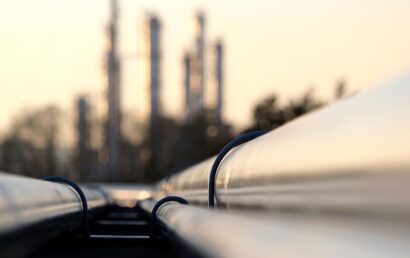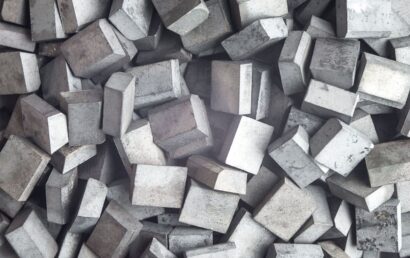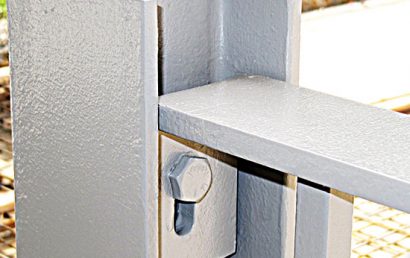An Introduction To HVAF Thermal Spray
Since the late 1800s, thermal spray has been used. Thermal spray is the technique of melting metal and spraying it onto a material. It was first used to coat battery panels with lead. Metalizing is often a term used to describe a process that is similar to thermal spraying involving metal. Thermal spray is available in a variety of forms and has a wide range of uses. Read on for an introduction to HVAF thermal spray.
What Is HVAF?
High-Velocity Air Fuel (HVAF) thermal spray was developed as a result of advancements in spray gun technology. In contrast to HVOF, which employs an oxy-fuel combination, HVAF compresses the air and propane. It may appear to be just a little adjustment, yet it has a significant influence on coatings. Higher spray rates and lower spray temperatures are the two primary advantages over HVOF.
- Higher Spray Rates
HVAF has a spray rate that is up to five times quicker than HVOF. As a result, it can cover more surfaces quickly. It seems that there is the potential for more coverage and for it to be more consistent. HVAF creates coatings with greater precision in thickness and finer components than compared to other methods.
HVAF has created a highly wear-resistant and cost-effective coating by combining sleeker coatings with improved strength properties. This is ideal for a variety of applications, but particularly for hydraulic rods, which were previously ineffective for thermal spray. HVAF is a true game-changer in the field of thermal spray innovation.
- Lower Temperatures
HVAF may be sprayed at temperatures up to 1,000°C lower than HVOF. Lower spray temperatures give the metal particles a slower cooking action. Since a little heat is applied to the metal powder, it results in a more purified spray.
HVAF coatings withstand oxidation, cavitation, and material degradation better than other coatings. The process also results in a coating that clings better to the various surface areas. While the mild heating is similar to slow cooking, the time required to complete the task is not.
The Process
HVAF produces coatings that are comparable to those created by the HVOF technique. The output is rich, robust, and has low compressive stress, allowing for far thicker coatings than previously feasible with conventional techniques.
Because of the increased energy of particles impacting the surface layer, top-notch HVAF coatings may be formed without the particles being entirely melted. This is a distinct benefit for carbide cermet-style coatings and materials with lower melting points. This is why this technique truly shines.
HVAF coatings are utilized in applications that need high strength and durability, which are not available from most conventional thermal spray methods. Materials that were previously ineligible for such spray coverings are now possible. The HVAF thermal spray technique is often used to apply coatings to components, containers, and constructions to protect them from corrosion, wear and tear, and discoloration. HVAF spraying systems were created with the primary goal of enhancing coating performance while lowering operational costs. Keen to have it for your coating projects? A&A Coatings can help.



